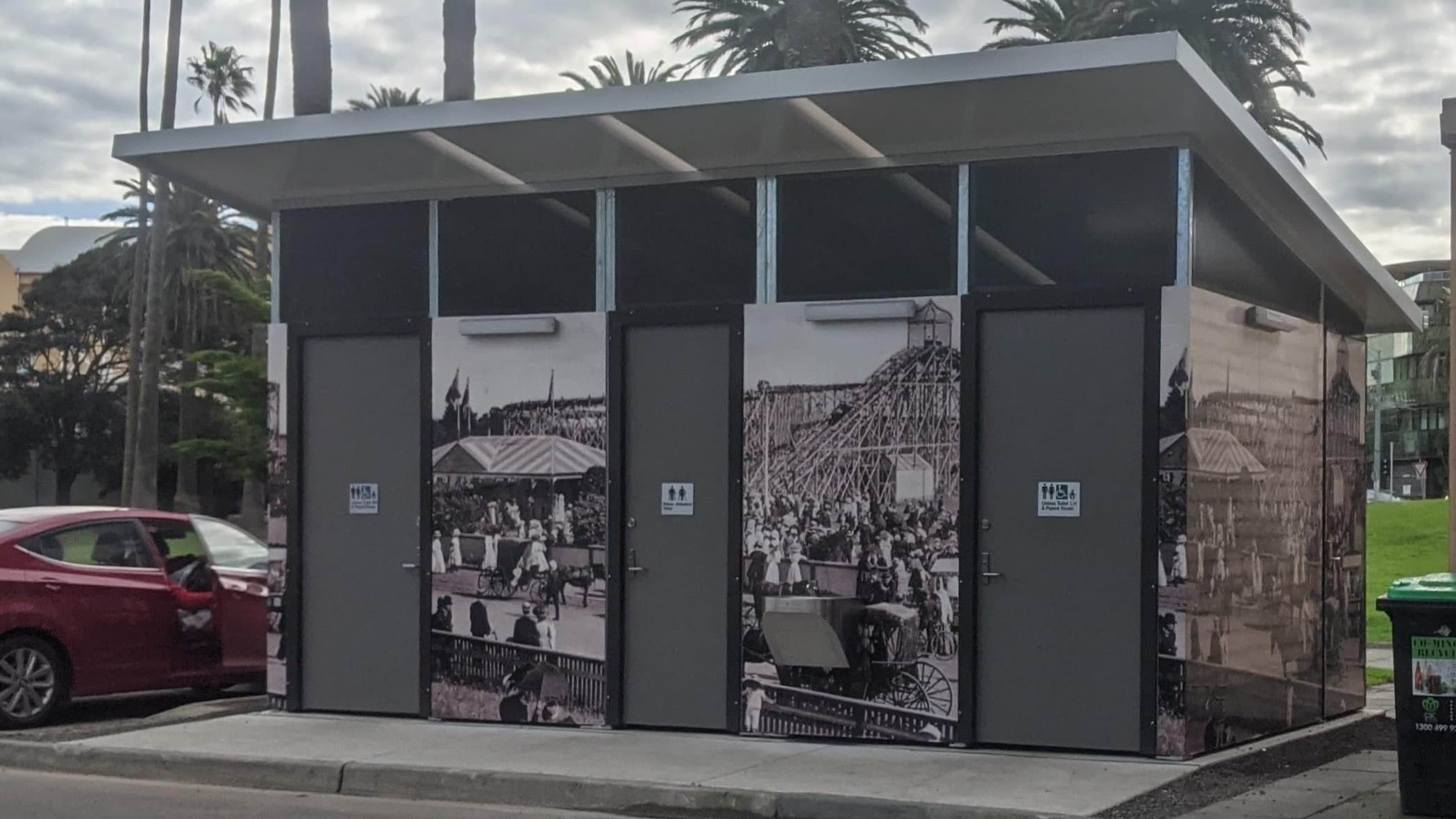
Improving public toilet access
City of Port Phillip has set targets for fairer public toilet facilities
Councils need to consider if their work affects people of different genders unequally.
City of Port Phillip is home to vibrant and diverse communities including Port Melbourne, South Melbourne and St Kilda.
It has 50 public toilets and wants to make sure they are:
- accessible
- inclusive
- safe
- in good condition.
The council has developed a 10-year Public Toilet Plan for the maintenance, upgrades, and the introduction of new facilities.
A gender impact assessment for the plan indicated that the public toilets in Port Phillip were inequitable. It provided opportunities and guidance to increase accessibility and inclusion in this space.
Equal space is not toilet equality
Toilet blocks often provide equal space for men and women. In fact, women need more facilities and women's toilets need more space to give women equal access.
This is because:
- Women on average need 2.3 times as long to use the toilet compared to men.
- Women who are pregnant or menstruating also need to use the toilet more often.
- Women’s toilets often include baby change tables. This can reduce space for additional cubicles.
- Urinals in men’s toilets take up less space.
Yet, Port Phillip’s data found that for every 2 toilets for women, it had 3 available for men.
Access and inclusion
People of all genders, ages, cultures, abilities and sexualities have the right to access public toilets.
However, current building codes don’t include All Gender toilets. This makes it challenging to meet community needs and expectations as well as relevant codes.
Data suggests that LGBTIQA+ people make up about a quarter of the City of Port Phillip’s adult population. This is much higher than the state average. An estimated 5% may be gender diverse.
Port Phillip Council advocated for more inclusive requirements under proposed changes to the building codes.
Weighing up the options
As well as single-sex toilets, Council knew it was important to provide All Gender toilets to reduce the risk of harm for trans and non-binary people. An international study found 70% of trans people had experienced verbal harassment or physical assault when using gender segregated toilets.
However, replacing all ageing facilities with only All Gender toilets could disadvantage others. This includes women, older people and those from cultural backgrounds and faiths that value modesty.
The gender impact assessment weighed up options to meet the needs of a wide variety of people.
Over the next 10 years Council will:
- build 15 new all-gender toilets
- increase the number of accessible toilets and ambulant toilets
- install baby change tables in men’s toilet blocks where possible, so all parents and carers can access changing facilities
- provide sanitary bins in at least one cubicle in men’s toilet blocks for trans men and men who use incontinence products due to age or disability.
Laying the groundwork
City of Port Phillip has made it a step in all project planning for staff to consider if they need a gender impact assessment.
If a gender impact assessment is not required, staff must explain why. They also report on any gender impact assessment findings and recommendations. This information is regularly reported to councillors to provide transparency.
When newly elected councillors begin, they will have training on gender impact assessments.
To give staff a head start on research, the team is building a library of evidence on its intranet. This includes international evidence and data specific to Port Phillip.
Applying an intersectional gender lens to the 10-year Public Toilet Plan helped prioritise where to achieve the greatest benefit. New facilities will undergo individual gender impact assessments, but this plan streamlines that process.
Updated

